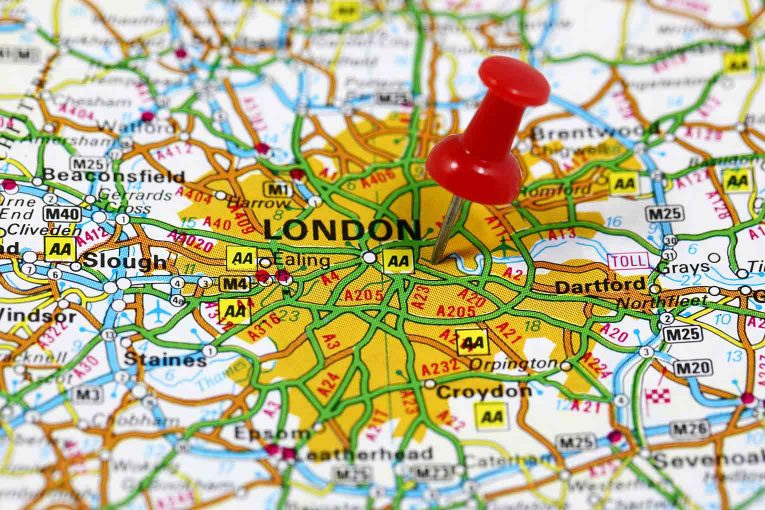The Halifax House Price Index, administered by IHS Markit, indicates a sustained slowdown in UK property price inflation from the peak seen in early- 2016.
At +2.4% in Q2 2017, the latest annual upturn in UK house prices was the slowest since the start of 2013.
London was a notable underperformer, with prices broadly flat since Q2 2016 (+0.8%). As a result, house price momentum across the capital remains among the weakest recorded for five years.
The East Midlands was the strongest performing English region (+9.7% year-on-year in Q2), followed by East Anglia (+8.2%).
Meanwhile, latest data showed that Scotland experienced the fastest annual decline in house prices (-4.2%) of all UK regions. In cash terms, the standardised UK house price is now £222,911, which represents a rise of £5,320 over the past 12 months.
The standardised UK property price is up £64,552 from its post-crisis low in Q1 2009 (+41%).
On a longer-term horizon, the latest figure is up £22,288 in cash terms since Q2 2007 (+11.1%), which was just prior to the pre-crisis peak.
London has ranked among the weakest performing areas for house price growth throughout the year- to-date. At +0.8% in Q2, the latest annual rise placed the capital in the bottom third of UK regions.
Only Scotland (-4.2%), the North of England (-1.2%) and the West Midlands (+0.3%) saw weaker price momentum than London in Q2 2017.
At the other end of the scale, the East Midlands was a notable outperformer (+9.7% year-on-year), which made it the strongest English region for house price growth for the first time since Q2 2012.
Q2 2017 data indicates that the standard house price in London is £452,758, around double the equivalent UK number (£222,911).
Aside from the capital, only the South East (£341,950), South West (£246,585) and East Anglia (£241,853) exceed the national average.
Northern Ireland property prices remain the lowest of the 12 regions in Q2 2017 (£131,392), followed closely by Scotland (£133,428).
Tim Moore, senior economist at IHS Markit, said: “Our latest regional breakdown of Halifax HPI data reveals that a loss of price momentum in London continues to weigh on headline measures of UK house price inflation. There are now signs that weakness in the capital has started to extend to commuter areas beyond the M25, with property prices across the wider South East increasing at the slowest annual price since the end of 2012.
“London’s soft patch has clearly magnified the slowdown in UK house price inflation since 2016, but this weaker trend is not exclusive to the capital.
“A generally cooling UK housing market appears to have emerged so far in 2017, driven by affordability constraints, pressures on household finances, greater caution among buyers and the fiscal squeeze on buy-to-let.
“As we move through the summer of 2017, it marks exactly a decade since the standard UK house hit its pre-financial crisis peak, briefly rising above £200,000.
“Against the high watermark seen in the summer of 2007, sizeable parts of the UK have experienced a ‘lost decade’ for house price gains. This includes lower standardised property prices in Northern Ireland, Scotland, the North of England and Wales compared with 10 years’ ago.
“Despite signs of weakness in 2017, by far the greatest rises in standard house prices since the onset of the global financial crisis have been in London (+43%).
“In cash terms, the gap between standard house prices in London compared to the UK as a whole has almost doubled in 10 years (£230k vs £119k in 2007).”





